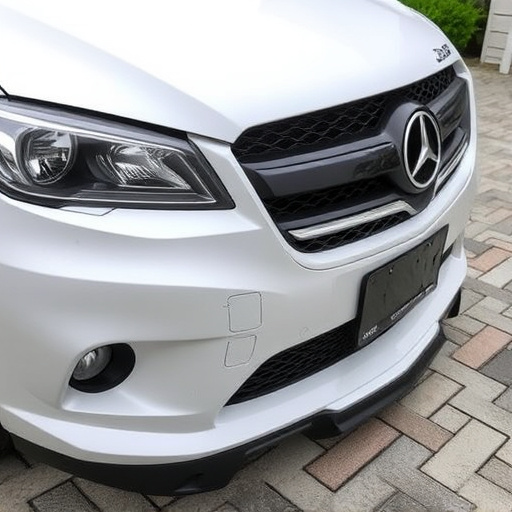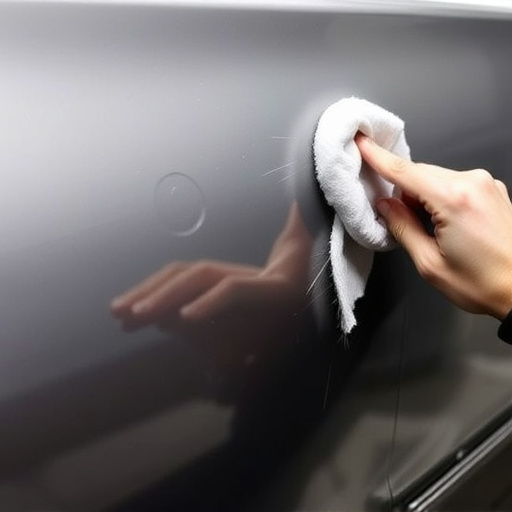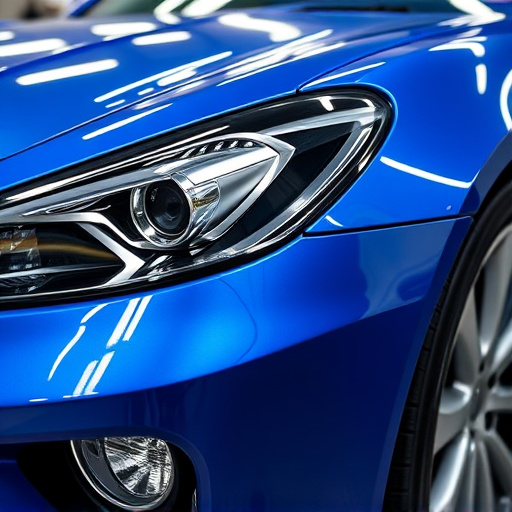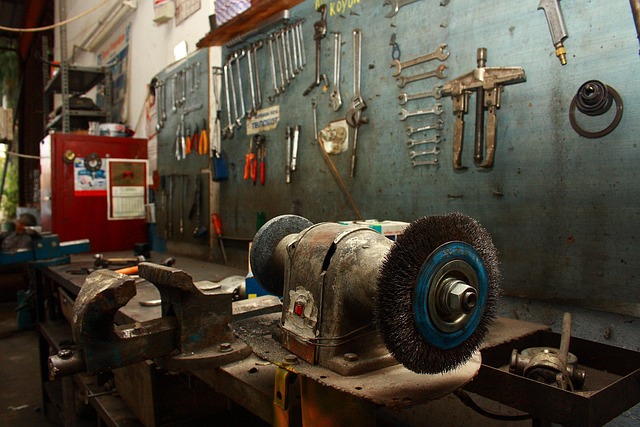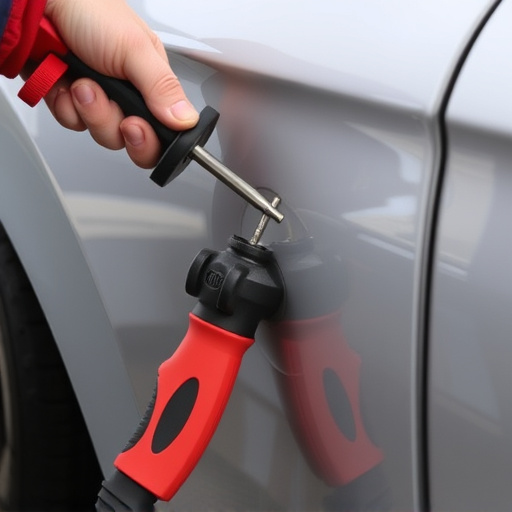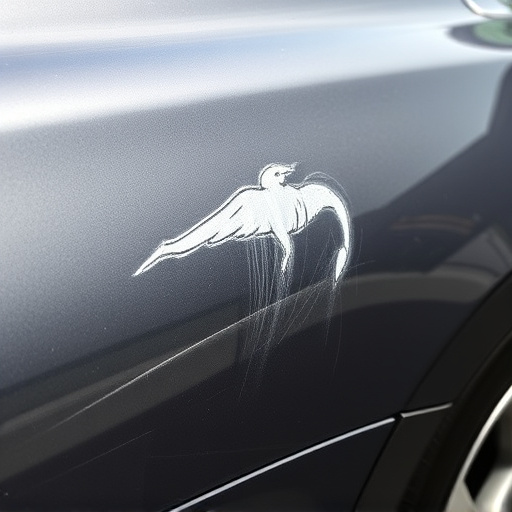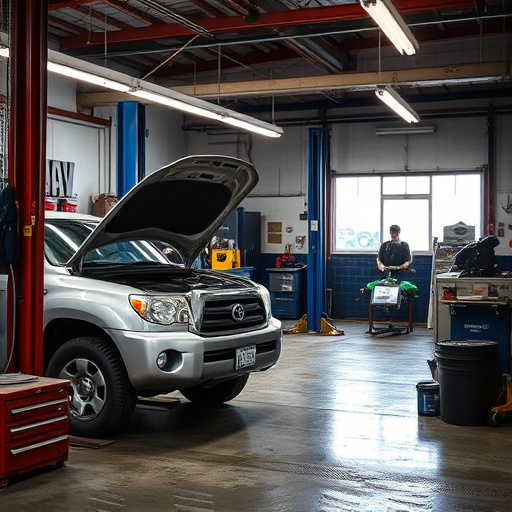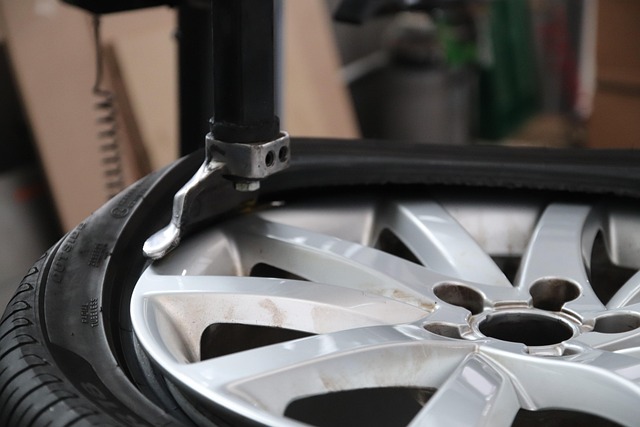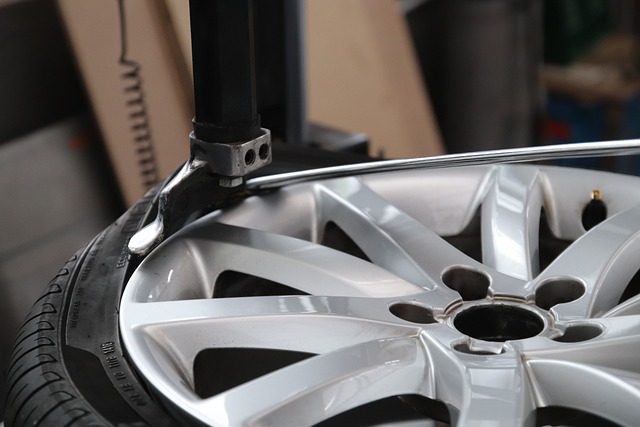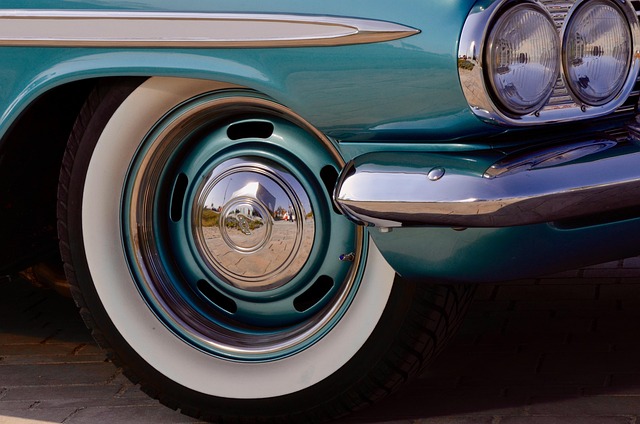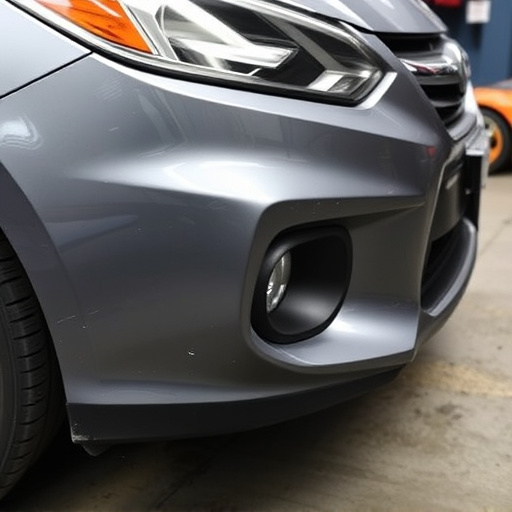Paintless dent removal (PDR) is a modern, non-invasive vehicle body repair technique that uses specialized tools to mold dented areas back into place, restoring the exterior without disturbing the paint. Popular for its speed, efficiency, and cost-effectiveness, PDR is preferred by professional automotive shops over conventional methods that can cause misalignment, higher costs, and challenges in achieving a seamless finish for luxury vehicles. While effective for minor dents, traditional repair might be necessary for extensive structural damage.
In today’s automotive landscape, consumers are increasingly seeking efficient and cost-effective solutions for vehicle damage. Paintless dent removal (PDR) has emerged as a modern alternative to conventional dent repair methods. This non-invasive technique promises swift restoration without the need for repainting.
While conventional methods have long been the standard, PDR offers a game-changer with its precise tools and expertise. Comparing these two approaches is crucial for car owners looking to restore their vehicles’ pristine condition, considering factors like efficiency, cost, and visual outcomes.
- Understanding Paintless Dent Removal: The Modern Approach
- Conventional Dent Repair: Traditional Methods and Their Drawbacks
- Comparison: Benefits and Considerations of Each Technique
Understanding Paintless Dent Removal: The Modern Approach
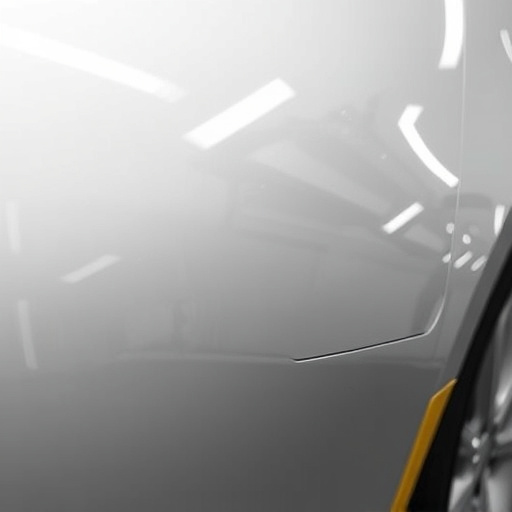
Paintless dent removal is a modern approach to vehicle body repair that has revolutionized the automotive industry. Instead of traditional methods involving sandblasting, painting, and extensive labor, this innovative technique focuses on restoring the vehicle’s exterior to its original condition without disturbing the paint job. It’s a non-invasive method where skilled technicians use specialized tools and techniques to gently press and mold the dented area back into place, effectively removing the damage.
This advanced process is particularly appealing for those seeking fast, efficient, and cost-effective solutions for minor dents and dings. Paintless dent removal techniques are widely employed by reputable automotive body shops and tire services, ensuring that your vehicle receives professional care while maintaining its aesthetic appeal. By preserving the original paint, this method also prevents potential issues like chipping or fading, making it a preferred choice for those who value their car’s appearance and investment.
Conventional Dent Repair: Traditional Methods and Their Drawbacks

Conventional dent repair involves a range of traditional methods that have been used for decades, but they come with several drawbacks. One common approach is to use putty or filler to fill and smooth out dents, followed by sanding, painting, and ultimately, repolishing. While this technique can be effective for shallow dents and smaller dings, it has limitations. For deeper dents, the process may leave behind visible traces or unevenness in the paint job due to misalignment during filling and sanding.
Moreover, conventional methods often require more time and labor, making them costlier for both individual vehicle owners and fleet repair services. In the case of luxury vehicle repair, where precision and originality are paramount, traditional dent repair can be particularly challenging. This is because achieving a seamless finish that matches the car’s original paint job demands extensive skill and experience, which can lead to higher costs and longer turnaround times. Thus, for those seeking efficient, cost-effective, and high-quality repairs, especially for automotive restoration projects, paintless dent removal offers an attractive alternative.
Comparison: Benefits and Considerations of Each Technique
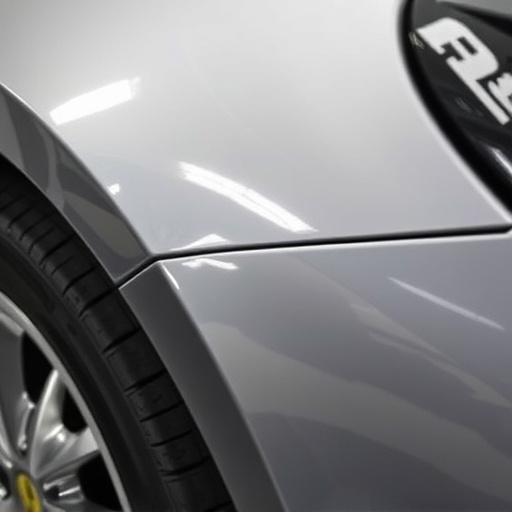
When comparing paintless dent removal (PDR) to conventional dent repair, several key differences and benefits emerge. PDR is a non-invasive technique that focuses on reshaping the vehicle’s outer panel without damaging the paint or requiring extensive repainting. This method not only preserves the original finish but also reduces the time and cost associated with traditional repair methods. It’s particularly advantageous for minor dents, dings, and creases, making it an appealing option for those looking for a swift and cost-effective solution.
On the other hand, conventional car dent repair involves removing the damaged panel, repairing or replacing the body structure, and then repainting the area. While this method can handle more severe damages, it is generally more disruptive and time-consuming. Additionally, there’s a higher risk of color mismatch or paint imperfections if not executed meticulously by a skilled automotive restoration specialist. However, for extensive repairs, conventional methods might be the only practical choice, ensuring a structurally sound vehicle while requiring more patience and investment.
Paintless dent removal (PDR) offers a modern, efficient solution compared to conventional dent repair methods. By avoiding the time-consuming and potentially damaging process of sanding and repainting, PDR preserves the vehicle’s original finish and value. While conventional methods have their place for severe damage, PDR’s non-invasive approach makes it an attractive, eco-friendly choice for minor dents and scratches. When considering dent repair, opting for paintless dent removal can result in faster repairs, less waste, and a restored vehicle that looks as good as new.
